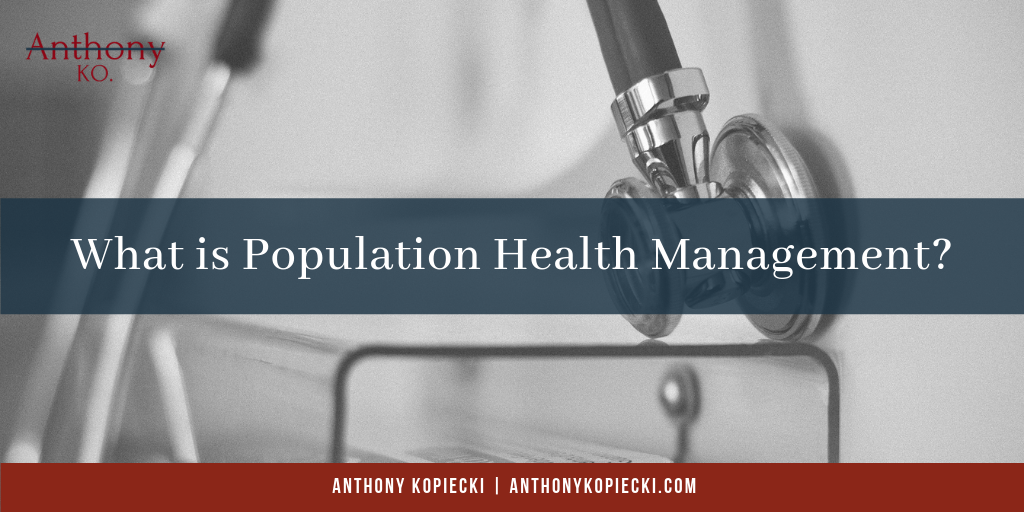Have you ever wondered if it’s possible to address health concerns for an entire population? Well, population health and in turn, population health management makes it possible.
To understand population health management, we must first define population health. According to the Centers for Disease Control (CDC), population health is an “interdisciplinary, customizable approach that allows health departments to connect practice to policy for change to happen locally.” The HIMSS (Healthcare Information and Management Systems Society) takes this one step further by revealing that population health shines a light on considerable health concerns that affect an entire group of individuals. It then allows providers to come up with solutions to “overcome the problems that drive poor health conditions in the population.”
How Does Population Health Management Work?
At its core, population health management is an accumulation of patient data from many different health information technology resources, into a single patient record that is actionable. Philips reveals that PHM uses BI (business intelligence) tools to combine data and give providers a complete look at a patient’s health. Overall, this data helps healthcare providers lower costs while monitoring and boosting clinical outcomes.
Implementation of PHM needs careful consideration according to Philips as it “requires a robust care management and risk stratification infrastructure, a cohesive delivery system, and a well-managed partnership network.” For PHM to be successful, the technology and infrastructure needs to be there. There is also very little cross-pollination between BI tools. In other words, data will be used by individual hospitals or practices but isn’t shared across the continuum of care.
What are the Benefits of PHM?
There are many benefits of PHM, including, improved outcomes, disease management, closing the care gap, and cutting costs. Having all of a patient’s information in one place allows providers to give quality care with real-time updates about the patient. PHMs are a great way to manage chronic pain and other conditions.
Population health management is an excellent tool that could help many healthcare providers streamline care while boosting patient outcomes. But, for PHM to work, the proper infrastructure has to be in place.

